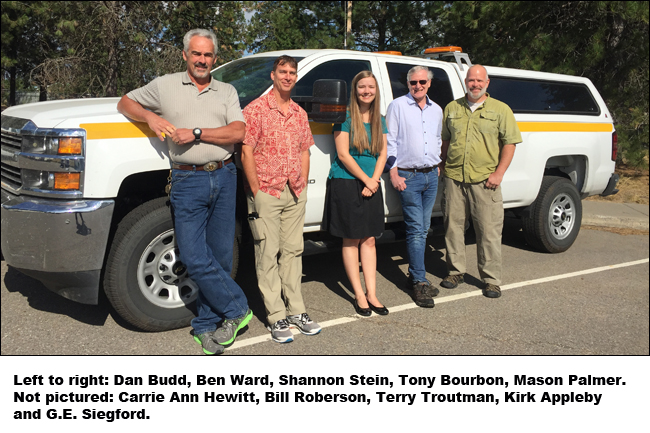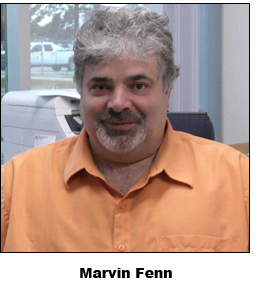

Capturing consistency in project development
![]()
Between the scoping, planning and design phases, it can take years for a project to make it to construction. During that time, the project transitions to different teams, team members may retire, consultants join the force and conditions can change, creating opportunities for project knowledge to be lost.
District 1 Engineering Manager Marvin Fenn explains that with all the variables involved, it’s not always a smooth process, especially given that not everyone uses the same methods. 
“All of us had our own separate spreadsheets to help capture and transfer the knowledge necessary to see the project through,” Fenn said. “It wasn’t consistent.”
Fenn’s team sends about nine projects a year to the design-construct residencies. Depending on when they hand off a project, the design-construct team may not have the bandwidth to commence with design immediately, adding yet another obstacle to the project’s completion.

These concerns about consistency were common to many districts, and a statewide team was established to tackle the transition between planning and design. Nearly one year ago, the team produced a template designed to contain all information relevant to future phases of the project and started testing it in District 1.
“The goal is to give the next group a starting place,” Fenn said. “This template allows my planning team to be more efficient, and I hope to get years ahead of the program with this innovation.”
Tony Bourbon, a transportation technician in engineering, helped design the template. Other members of the design team include: Kirk Appleby (now retired), Dan Budd, Carrie Ann Hewitt, Mason Palmer, William Roberson, GE Siegford (now working for a consultant), Shannon Stein, Terry Troutman and Ben Ward. 
“It includes a full estimating tool with unit prices based on ITD bid history or average prices, with adjustment factors for ‘items not estimated’ and ‘remote location.’ This allows for a range of estimates to be generated,” Bourbon said. “The assumptions, risks and issues for the estimate can also be recorded so that as more information becomes available the estimate can be easily updated, or ‘what-if’ scenarios can be checked.”
Pending a recommendation from the statewide team and a decision by Chief Operations Officer Travis McGrath, this innovation could soon become a policy.
Published 08-10-18